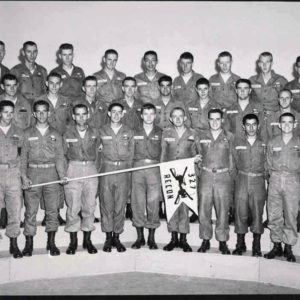 101st Airborne
101st Airborne
Entry Category: School Desegregation
 101st Airborne
101st Airborne
Aaron v. Cooper
aka: Cooper v. Aaron
Act 10 of 1958 [Affidavit Law]
Act 115 of 1959 [Anti-NAACP Law]
Arkansas State Sovereignty Commission
aka: State Sovereignty Commission
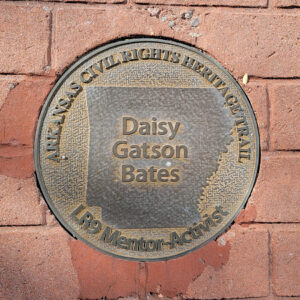 Bates Marker
Bates Marker
 Bates Marker
Bates Marker
Beals, Melba Pattillo
Bentonville Schools, Desegregation of
Blossom, Virgil Tracy
Brewer, Vivion Mercer Lenon
 Brown Marker
Brown Marker
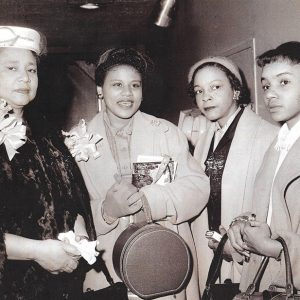 Minnijean Brown
Minnijean Brown
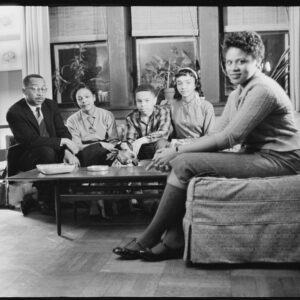 Minnijean Brown and Clarks
Minnijean Brown and Clarks
Capital Citizens’ Council (CCC)
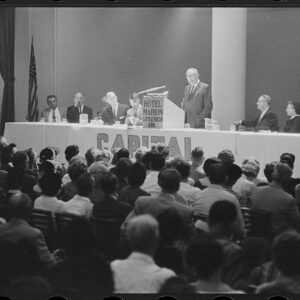 Capital Citizens' Council Meeting
Capital Citizens' Council Meeting
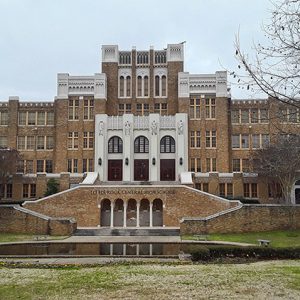 Central High School
Central High School
Central High School Neighborhood Historic District
Central High School, Desegregation of
aka: Crisis at Central High
aka: Little Rock Desegregation Crisis
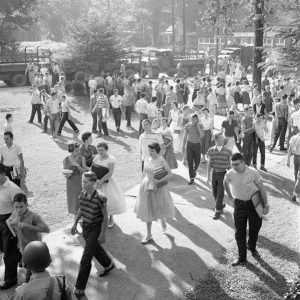 Central High Students
Central High Students
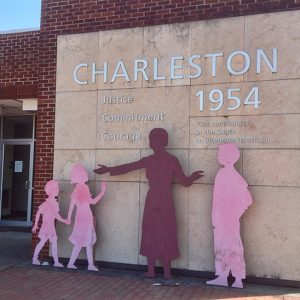 Charleston Desegregation Exhibit
Charleston Desegregation Exhibit
Charleston Schools, Desegregation of
Clark, Mamie Katherine Phipps
Committee to Retain Our Segregated Schools (CROSS)
Counts, Will
aka: Ira Wilmer Counts
 Ronald Davies
Ronald Davies
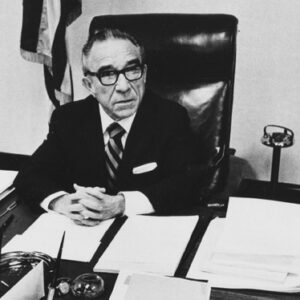 Ronald Davies
Ronald Davies
Davis, L. Clifford
Dawson, Ethel Beatrice Ross
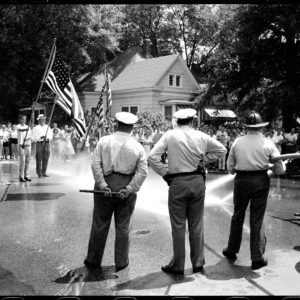 Desegregation Protest
Desegregation Protest
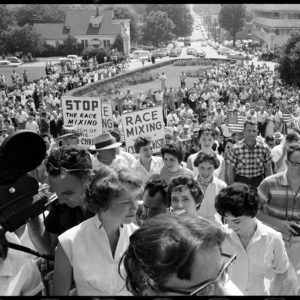 Desegregation Protest at Capitol
Desegregation Protest at Capitol
 Desegregation Protest at Capitol
Desegregation Protest at Capitol
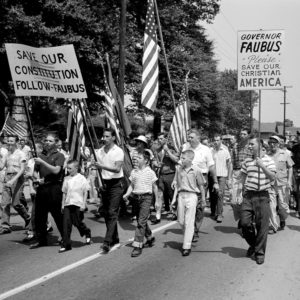 Desegregation Protest March
Desegregation Protest March
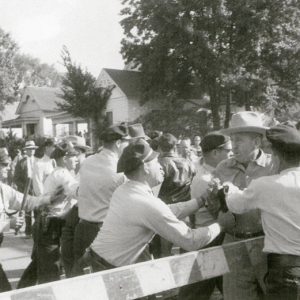 Desegregation Protesters
Desegregation Protesters
Dove v. Parham
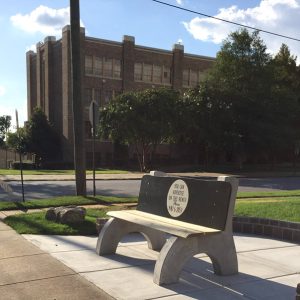 Eckford Bench
Eckford Bench
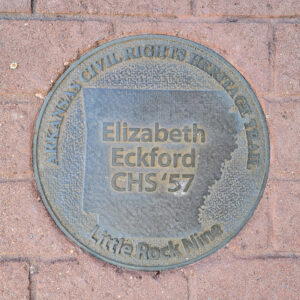 Eckford Marker
Eckford Marker
 Elizabeth Eckford
Elizabeth Eckford
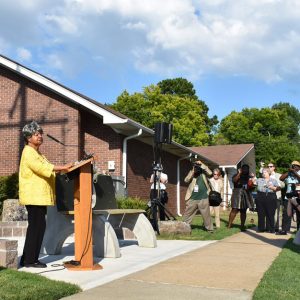 Elizabeth Eckford
Elizabeth Eckford
Eckford, Elizabeth Ann
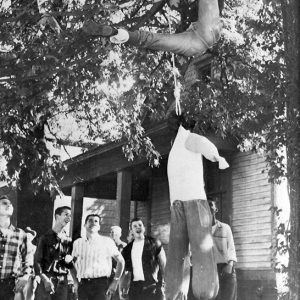 Effigy Hanging
Effigy Hanging
Fayetteville Schools, Desegregation of
 Adolphine Krause Fletcher
Adolphine Krause Fletcher
 James Ford
James Ford
Fort Smith Schools, Desegregation of
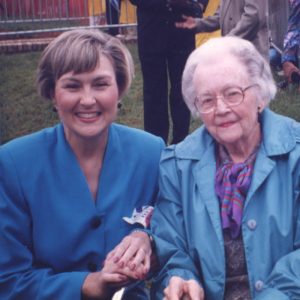 Gordy and Huckaby
Gordy and Huckaby
 Green Marker
Green Marker
 Carolyn Jean Green
Carolyn Jean Green




